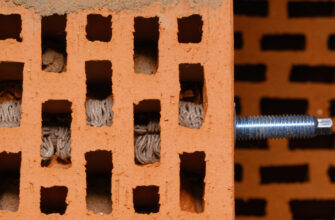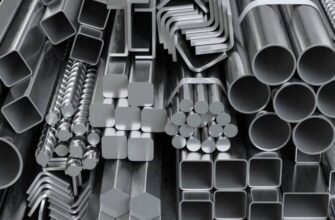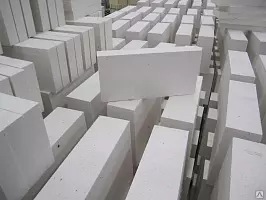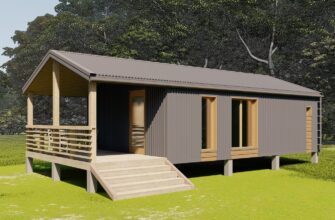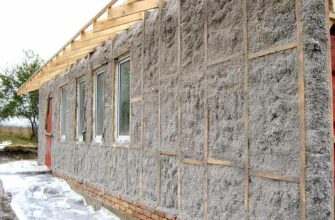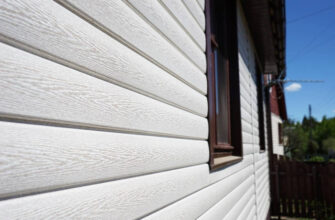Modern geosynthetics allow you to quickly and efficiently solve problems, which quite recently required colossal efforts or were completely insoluble in certain conditions. One of these tasks is gas- and waterproofing. 
The diversity of the geomembrane
A simple example of geosynthetics, with waterproofing qualities that everyone is familiar with, is an technical polyethylene film. This material is used for waterproofing goods in a warehouse or garden tools under a canopy in the country.. When a significant physical impact on the waterproofing is likely and long-term reliable protection against the leakage of water or other liquids is required, geomembranes are used.
Geomembranes are made from:
1. Low pressure polyethylene.
2. High pressure polyethylene.
3. Bitumen-containing polymers, elastomers.
The first type of material is less elastic and more durable. It is difficult to install it on a surface with difficult terrain High rigidity makes such geomembranes resistant to local damage.
High-pressure polyethylene used for the production of geomembranes has high elasticity. Such geomembranes withstand significant fracture loads, they are easy to mount on surfaces with difficult terrain.
Bitumen-containing membranes are very inferior to polyethylene membranes in this indicator., as chemical resistance and maintainability. But they are much cheaper and have lower water permeability..
Geomembrane application
Waterproofing materials are in demand not only in construction. for example, geomembranes are effective for protecting goods during transportation or storage.
But their main purpose is to protect against the flow of liquids and leakage of gases..
With the help of a geomembrane, isolation of technical and household waste landfills from the local ecosystem is carried out. Polyethylene membrane successfully prevents leakage of polluting liquids and gases, at the same time, the chemical and bacteriological components of the waste do not seriously affect it. Due to its high chemical resistance geomembranes used to insulate tanks and storage facilities in refineries.
Geomembranes are widely used for waterproofing roofs and foundations., basements. The use of polymer is the most effective method to prevent building structures from getting wet or basement flooding..
The advent of inexpensive and efficient geomembranes has revolutionized the reservoir construction industry. The use of these geomaterials made it possible to successfully build and operate reservoirs even in deserts and on saline soils..
